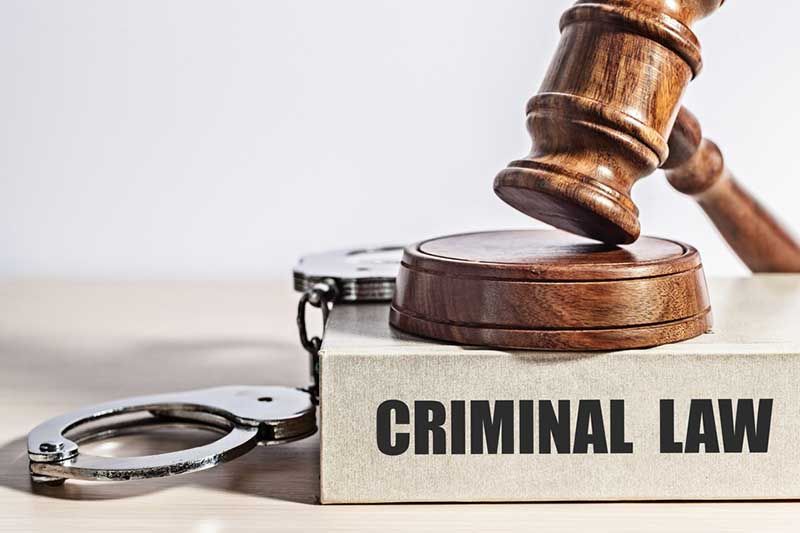Trials in the United States are conducted in accordance with the common law system, which was acquired from the British and is adversarial and accusatory in character.

Table of Contents
Criminal Prosecution
Trials in the United States are conducted in accordance with the common law system, which was acquired from the British and is adversarial and accusatory in character. An open contest is conducted between the prosecuting state and the defence person to decide guilt or innocence under the law of the country, with the judge serving as a neutral arbitrator and occasionally with the assistance of a jury to determine the facts. This is in contrast to the inquisitorial civil law system, which is inherited from ancient Roman Law and in which the judge actively participates in deciding the evidence to support a case.
The prosecution has the burden of evidence in the United States, and every defendant is entitled to the presumption of innocence.
Penal Proceedings
A criminal trial starts after charges are filed against the defendant and the defence and prosecution have reached an agreement on a jury (if the defence wishes a trial by jury). The accusations are read aloud, and the judge may inquire, “Are the lawyers prepared to proceed?” The prosecution, then the defence counsel, respond, “Ready, Your Honor,” and the trial begins.
The prosecution and defence make their opening comments, followed by a short court break. When the trial restarts, the prosecution begins its “case-in-chief,” in which witnesses of the prosecution’s choosing are called to the stand for “direct examination” by the prosecution. The prosecution’s case against the defendant will be built on the evidence of these witnesses. Following the direct examination, the defence is allowed a cross-examination, during which the reliability of the prosecution’s witnesses is called into question. The prosecution may then try to rehabilitate the witnesses’ credibility and give their evidence more weight. In response, the defence may cross the prosecution’s witnesses anew, aiming to cast doubt on their evidence. This might go on forever, until both parties are pleased.
“Your Honor, the People rest,” the prosecution concludes its case-in-chief. At this stage, the defence may request that the criminal charges be dropped owing to a lack of evidence. Dismissal is nearly seldom granted, although the defence will almost always seek it as a symbolic gesture of the defendant’s case’s strength.
The defence now presents its case in main and invites its own witnesses to the stand to testify on behalf of the defendant. This phase follows the prosecution’s case-in-chief, with direct examination after cross-examination, followed by the defense’s redirect, the prosecution’s re-cross, and so on, until both parties are satisfied. “Your Honor, the defence rests,” the defence concludes its case-in-chief.
Motions for Final Adoption
The trial is already reaching its end. However, before to the final motions, the prosecution is allowed a “rebuttal,” in which surprise witnesses or new information discovered throughout the course of the trial is submitted. Previous witnesses may be brought back at this time to restate key aspects of the prosecution’s case. Following this is the defense’s “rejoinder,” in which the defence is also summoned to present any last-minute evidence or witnesses, or to recall witnesses to reiterate key points in favour of the defendant.
The trial is coming to an end, and the prosecution and defence are now called upon to present their summaries. Summaries are a mix between a theatrical speech and a legal argument, and they are intended to stay in the hearts and minds of the judge and jury while they are deliberating. They may be very emotional and even nasty.
Following the delivery of summaries by the defence and prosecution, the judge instructs the jury on how to continue, and the jury retires to deliberate. Most states need a unanimous decision, with the exception of Louisiana and Oregon, where a 10-2 conviction suffices. If the jury finds the defendant not guilty, he is free to depart. If he is found guilty, he is immediately remanded in jail.
